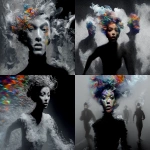Explore the Best AI Image Gallery
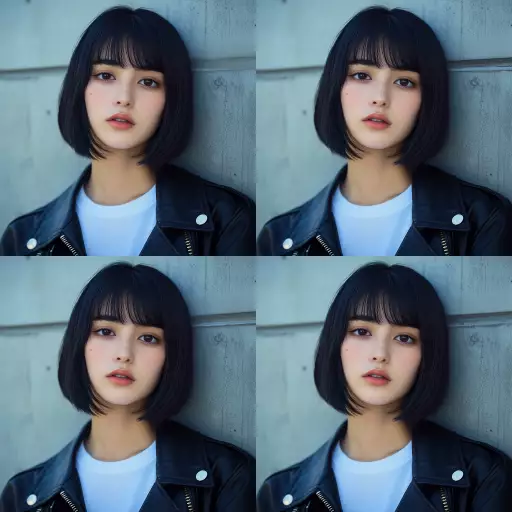
AI-Generated Images: Reshaping the Design Landscape
The realm of design is undergoing a profound transformation, driven by the emergence of powerful artificial intelligence (AI) tools capable of generating stunning and intricate images. AI image generators are no longer confined to the realm of science fiction; they are now readily accessible, empowering designers, artists, and businesses to explore new creative frontiers.
A New Frontier for Creativity
AI image generation offers a wealth of possibilities for designers across diverse fields.
- Concept Development: AI can rapidly generate multiple visual concepts based on textual descriptions, helping designers overcome creative blocks and explore a wider range of design directions.
- Marketing and Branding: Businesses can leverage AI to create eye-catching visuals for marketing campaigns, social media content, and product packaging. This allows for the rapid prototyping and iteration of designs, tailoring them to specific target audiences.
- User Interface (UI) and User Experience (UX) Design: AI can assist in designing intuitive and visually appealing interfaces for websites, apps, and other digital products. By generating variations based on user feedback, designers can refine the UI/UX for optimal user engagement.
- Illustration and Artwork: Artists can utilize AI as a creative tool to generate unique illustrations, textures, and patterns, pushing the boundaries of traditional art forms.
Potential Uses Across Industries
The applications of AI-generated images extend far beyond design studios. Consider these examples:
- Architecture and Real Estate: Generate realistic 3D renderings of buildings and interiors, allowing clients to visualize their dream spaces before construction.
- Fashion and Apparel: Design new clothing lines and accessories by generating unique patterns, textures, and garment styles.
- Publishing and Media: Create captivating visuals for books, magazines, and online content, enhancing storytelling and audience engagement.
Ethical Considerations
While AI image generation presents immense opportunities, it also raises important ethical considerations that must be addressed:
- Copyright and Ownership: Questions arise regarding the ownership of AI-generated images. Who holds the copyright—the user who provided the input, the developer of the AI tool, or the AI itself?
- Bias and Representation: AI algorithms are trained on vast datasets, which may contain biases that reflect societal stereotypes. It is crucial to ensure that AI-generated images do not perpetuate harmful representations.
- Misinformation and Deepfakes: The ability to create realistic but fabricated images raises concerns about the potential for misuse, such as generating fake news or manipulating public opinion.
Future Trends
The field of AI image generation is rapidly evolving. Here are some anticipated future trends:
- Increased Realism and Detail: AI models will continue to improve, generating images with even greater realism and detail, blurring the lines between artificial and real.
- Personalization and Customization: Users will have more control over the creative process, customizing AI-generated images to their specific needs and preferences.
- Integration with Other Technologies: AI image generation will become seamlessly integrated with other technologies, such as virtual reality (VR) and augmented reality (AR), creating immersive and interactive experiences.
Conclusion
AI-generated images are poised to revolutionize the design industry, offering designers and businesses a powerful new set of tools. By embracing these advancements while addressing the ethical challenges, we can unlock the full creative potential of AI and shape a future where technology and artistry converge.


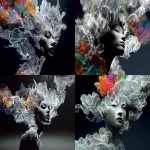


](https://images.ai-img.art/thumbnails/150/7cf5a08238f29c821f52bb4f63db48af0b7f633ff3b9f7253074d78ced9ff6f6.webp)



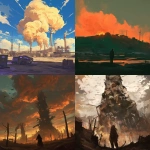



](https://images.ai-img.art/thumbnails/150/847809c77ca9a73b68bc190e6efb06fec87157685a243730d5a66a403b0e6e10.webp)

](https://images.ai-img.art/thumbnails/150/685ae68cfab93a7e59a71206867b060c45bd6fd3cd561c4fe60fca514b09c5f8.webp)
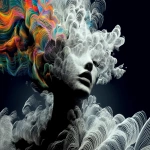
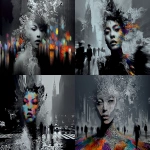




](https://images.ai-img.art/thumbnails/150/2ebdeb4f7db35100e5be5de9bc3e533a40d14e5feedefd7ffc586524a0f3ba8c.webp)


](https://images.ai-img.art/thumbnails/150/ff09e32d2be011c0dd785984c5c1e47839ce551a31da1bde242860b30df2aa30.webp)

](https://images.ai-img.art/thumbnails/150/bd056a4718c27444e064198762f8dc8ffa1f74f1afd7dcda8d5cb8b142797d6e.webp)

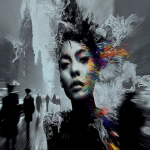




](https://images.ai-img.art/thumbnails/150/0ba0be922ab76af53f75ab90126ae2b18a600ee3b96941e8ab897a9f10594e5a.webp)









](https://images.ai-img.art/thumbnails/150/a3ed6513a6661aa3ee46e0c2924d1e8888854e91d8908de39db5590dc41f8d8f.webp)




